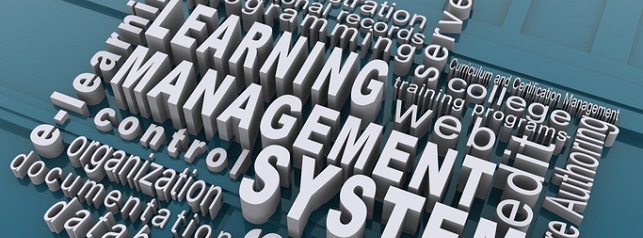
Enterprise learning platform or a webinar streaming platform, both require planning and proper LMS implementation tips.
Launching a learning management system (LMS) requires a thoughtful approach to your staff’s administrative processes, as well as your members’ overall experience. Implementing an LMS can provide an efficient and convenient online learning environment for your members, both as a strategic member benefit and additional source of non-dues revenue.
Did You Know:
One of the biggest drivers of member acquisition is continuing education? According to a recent Community Brands’ member
Here are eight tips to help you plan for your new online learning environment and ensure a smooth and successful launch from start to finish:
1. Think Beyond Your Association’s Perspective
Create an outline detailing each step of the online learning experience, then review it to be sure it’s clear and simple for members.
- Is it clear how to view details about courses, including content and pricing?
- Will the courses provide resources for career trajectory and help land dream jobs?
- Is the credit submission process seamless?
- Bonus Tip: Select a few members and association staffers to test the online learning experience and give you feedback.
2. Integrate Your LMS
Your LMS should integrate with your association management system (AMS) that manages your membership data. Before implementing, know your system’s integration capabilities.
- How does the integration works? How much does it cost?
- How much time will the integration require?
3. Re-Think Your Processes
Not every LMS works the same way, so think about your processes and what you’re trying to accomplish, then identify the best and most efficient way to achieve that using the new system.
- Ultimate Goal: Provide an exemplary learning environment for your members without taxing your staff’s time with additional administrative burdens.
4. Bring New Content to the Party
The launch of a new LMS is great opportunity to offer fresh new content, repurpose previous content in new ways, and even tailor content to specific audiences.
- Provide engaging content for members, such as live webinars and on-demand courses.
- Revise and update existing courses into newer, relevant courses.
- Create materials targeted towards recent grads who are trying to land a job.
5. Take Advantage of New Tools
Be sure to take advantage of all tools that your new LMS provides.
- Content organization tools, such as tags and categories, will help your team work more efficiently and enable members to find content easier.
- Engagement features, such as live webinar polls and quizzes, allow member interaction and participation, improving retention.
6. Prepare Your Members
Keeping your members up-to-date throughout the preparation stages is important, so they’re aware of any changes to processes and user experience.
- Send out a series of emails during the months leading up to the go-live date.
- Allow members to stay in the loop, while looking forward to the new changes ahead.
7. Have Your Support Team at the Ready
Be sure to prepare your support team before the launch to answer questions promptly via phone, email, chat, and any other way members may correspond with your team.
- Do a thorough run-through of the LMS and online learning processes.
- Schedule a trial run to answer any questions that may arise to be fully prepared.
- Be aware if your LMS provider’s end-user support team provides such service.
- Bonus Tip: Go live with your new LMS at the beginning of the week so you have a full week to troubleshoot and answer questions.
8. Test Before Launching
Give yourself ample time to test your programs from the perspective of your team, new members, and veteran members.
- Use the system as a new user who has never seen the content or processes before.
- Do a soft launch with a focus group that had no implementation process involvement.
- Make adjustments based on feedback and test one more time before launching.
Are You Ready to Launch?
Whether you’re moving from one LMS to another or implementing an LMS for the first time, a well-developed plan will help you build an online learning environment that improves your members’ experience and deepens their connection with your organization for years to come. For a deeper dive into the topic, download our free whitepaper, “8 Tips on Launching a Successful Learning Management System.”